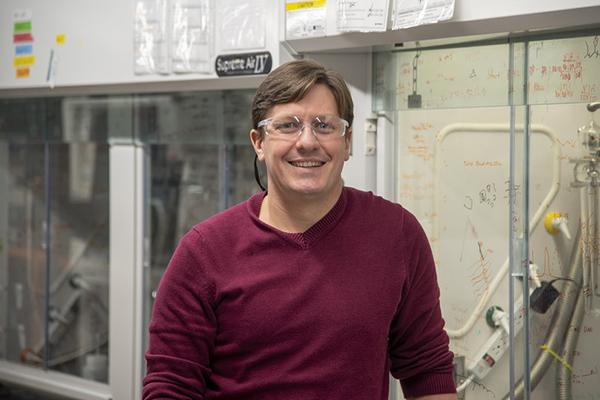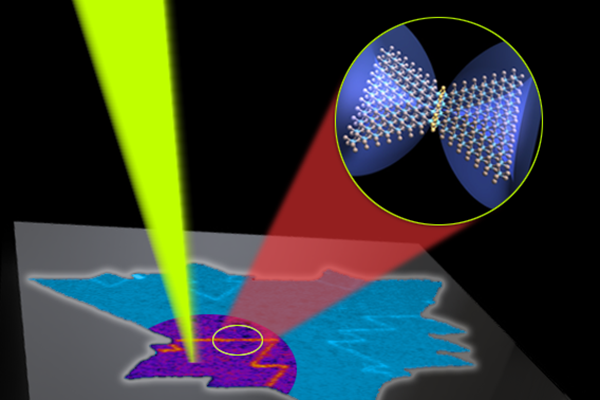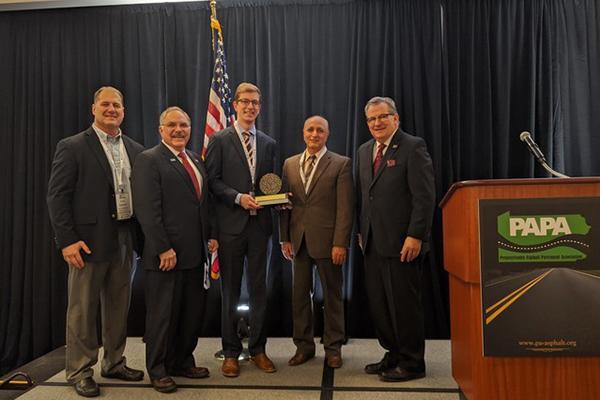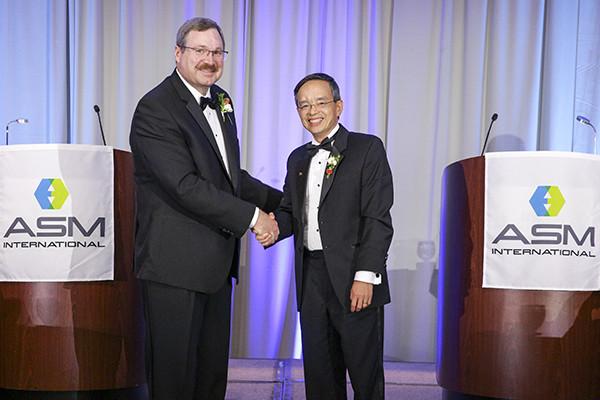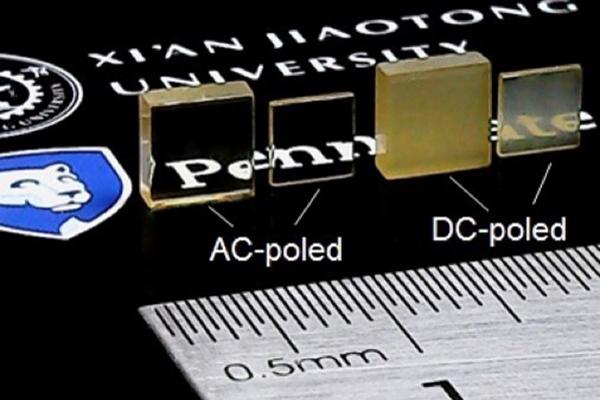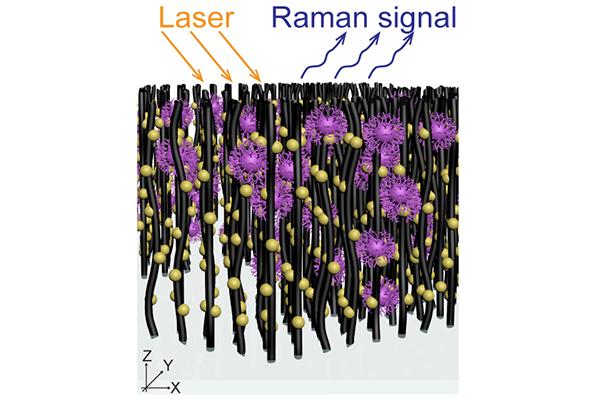As a Maker Ambassador, Imani Murray, a junior in materials science and engineering, is making the most of her leadership role that allows her to work with inspiring people and to inspire others to step outside of their comfort zones.
T.C. Mike Chung, professor of materials science and engineering in the College of Earth and Mineral Sciences, received a three-year, $1.12 million grant to develop super-absorbent materials designed to store natural gas under less extreme pressures and temperatures than those required today.
Robert Hickey, assistant professor of materials science and engineering, is investigating new processes to identify and create these materials through a five-year, $600,000 National Science Foundation Early Career Development (CAREER) Award.
To further shrink electronic devices and to lower energy consumption, the semiconductor industry is interested in using 2D materials, but manufacturers need a quick and accurate method for detecting defects in these materials to determine if the material is suitable for device manufacture. Now a team of researchers has developed a technique to quickly and sensitively characterize defects in 2D materials.
Three undergraduate students studying civil engineering and one recent MatSE alumni have been honored with the top prize for their work in the Inaugural Northeast Regional Council Mix Competition, sponsored by the Asphalt Pavement Alliance.
Zi-Kui Liu, distinguished professor of materials science and engineering in the College of Earth and Mineral Sciences, was recently named president of ASM International.
Sydni Fritts, a Penn State sophomore studying materials science and engineering, was one of 19 students selected nationally in a competitive process to serve as a fall 2019 GREEN Program Ambassador.
A wearable gas sensor for health and environmental monitoring
Use of an AC rather than a DC electric field can improve the piezoelectric response of a crystal. Now, an international team of researchers say that cycles of AC fields also make the internal crystal domains in some materials bigger and the crystal transparent.
A device to quickly capture and identify various strains of virus has been developed, according to researchers at Penn State and New York University.




